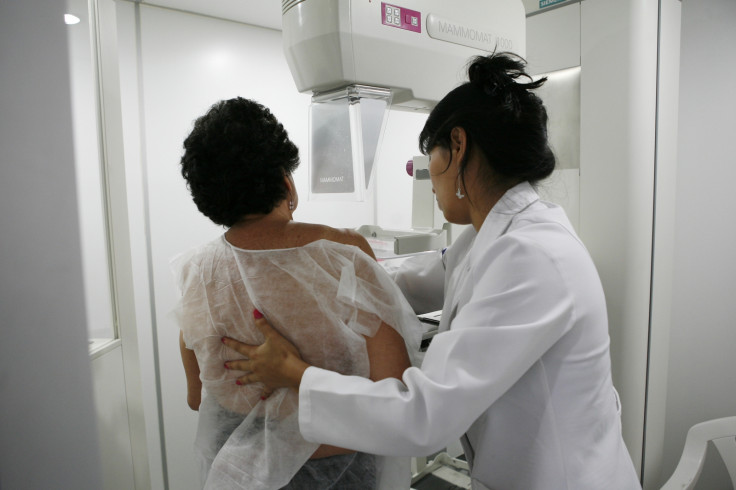Which countries are doing better when it comes to preventing and treating breast cancer?
Although breast cancer mortality rates are decreasing, the gap between many countries remains.

Breast cancer mortality rates have globally declined in many parts of the world in the past three decades, a study has found. However, disparities between countries remain stark.
Breast cancer is the most common cause of cancer for woman globally – one in four cancers diagnosed in women is breast cancer. In 2012, nearly 1.7 million new cases were diagnosed globally.
While it is often thought to be a disease of the developed world, almost 58% of deaths occur in less developed countries. Some of the lowest incidence rates in the world are still found in some African countries, but even there, they are also progressively increasing and creating new strains on health systems.
In a research presented at the 2016 San Antonio Breast Cancer Symposium, scientists have tried to identify the current trends in breast cancer mortality, in the hope this could help them come up with better strategies and ways to improve health systems.
Study's lead author, Cécile Pizot, MSc, at the International Prevention Research Institute in Lyon, France said: "Comparing mortality trends between countries helps identify which health care systems have been the most efficient at reducing breast cancer mortality."
Global decline but differences
Using data from the World Health Organisation covering the period 1987-2013, they have estimated mortality rates in 47 countries, stratifying results based on age.
According to Cecile Pizot, the data indicates that there has been a decline in mortality rates from breast cancer since the 1980s in 39 out of 47 countries. In England and Wales in particular, the sharpest drop in mortality has been identified, with a 46% decline over three decades.
However, the study's main findings is that despite progresses, breast cancer mortality rates vary greatly from one country to the next. For instance, in Latin America, countries like Brazil and Colombia saw a worsening of their situation as mortality rates increased in all age groups, but in Argentina and Chile, mortality rates decreased.
However, increase in mortality rates don't necessarily mean a country is performing far worse than the others overall.

Indeed, South Korea had a staggering 83% increase in mortality, but the mortality rate remains lower there than in the United States - in 2011-2013, it stood at 5.3 per 100,000 women in South Korea compared with 14 per 100,000 women in the United States. It does mean that something changed in Korean society and its health care system that needs to be identified and dealt with.
"South Korea has experienced major societal changes since the 1950s and quickly evolved from an agricultural, developing country to a highly industrialised and Westernised country. Such quick changes might explain the considerable shift in cancer mortality," Pizot hypothesises.
There was not enough data on some African and Latin American countries and this slightly limits the impact of this study in particular because it does not show the recent increase in cancer incidence and mortality rates in these countries.
It is nevertheless a good starting point to identify treatment and prevention strategies that work and to push cancer researchers to focus on other aspects of breast cancer management, including risk factors, drug therapies, access to care, and the use of multidisciplinary teams.
© Copyright IBTimes 2025. All rights reserved.





















